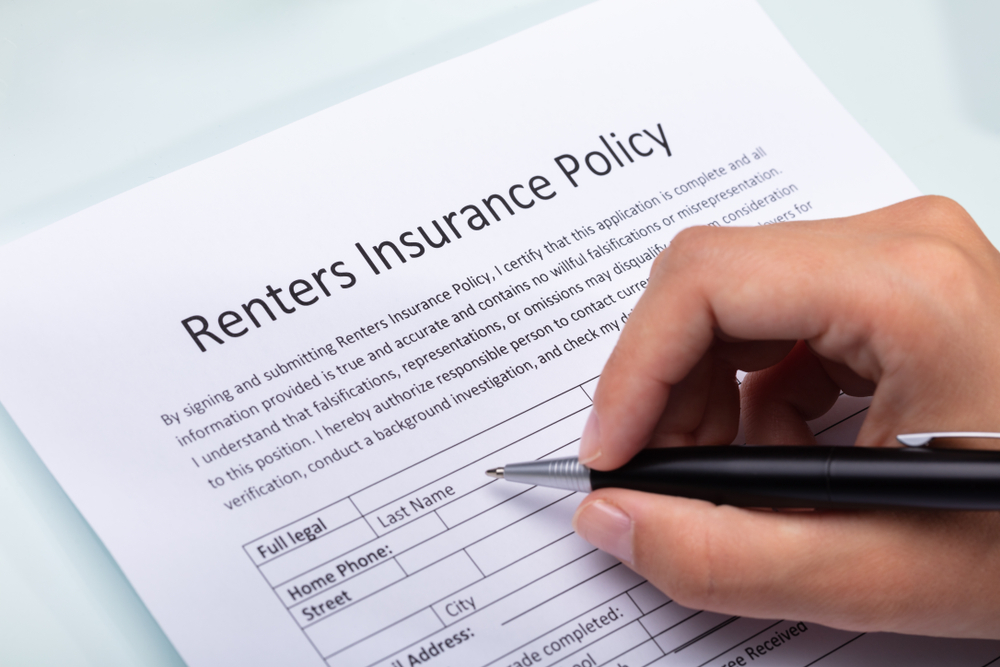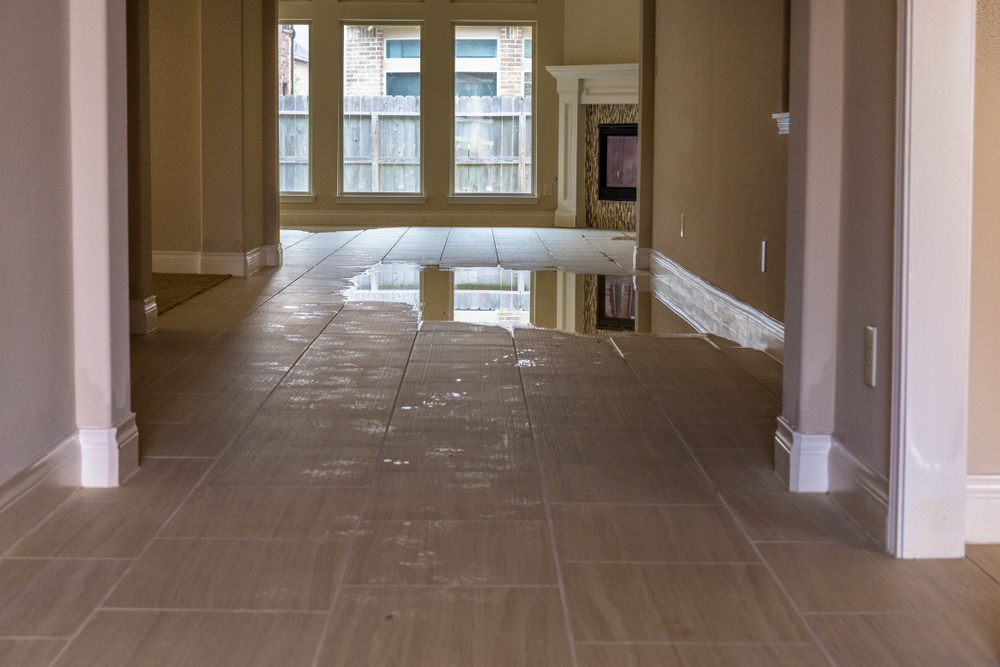Flood insurance is often overlooked until it’s too late. Many homeowners assume that if their property isn’t in a high-risk flood zone, they don’t need to worry. But the truth is, about 1 in 5 flood claims come from homes in low- or moderate-risk areas. That means flooding can happen almost anywhere, not just along coastlines or rivers. If you’ve ever asked, “Should I get flood insurance if not in a flood zone?” the answer might surprise you.
What Counts as a Flood?
According to the NFIP, a flood is defined as water covering at least two acres or affecting two or more properties. This water must come from the ground up, typically due to heavy rain, blocked storm drains, overflowing rivers, or coastal storms. Even neighborhoods far from water sources can experience serious flooding. This can happen during long periods of rain or construction that change the flow of water. The NFIP uses this definition to determine when coverage applies and how claims are processed.
Are You Really in a Safe Zone?
Flood zones are classified based on the likelihood of flooding:
- High-Risk Areas (Zones A or V): These areas have a 1% or higher chance of flooding in any given year. Lenders typically require flood insurance here.
- Moderate-to-Low-Risk Areas (Zones B, C, or X): These areas have a lower chance of flooding but are not flood-proof.
- Zone D: Areas with possible but undetermined flood risks due to limited data.
Flood zones are updated over time based on new data, changes in development, or climate shifts. Just because your property isn’t in a high-risk area now doesn’t mean it won’t be in the future.
What Flood Insurance Covers (and What It Doesn’t)
Flood insurance protects your investment when the unexpected happens. It typically covers both the structure of your home and its contents.
| Covered | Not Covered |
| Electrical and plumbing systems | Damage from moisture, mildew, or mold not caused by flood water |
| Furnace, water heater, and AC | Temporary housing and living expenses |
| Appliances like refrigerators | Property outside the insured building (decks, patios, landscaping) |
| Flooring and walls | Currency, stock certificates, or precious metals |
| Personal belongings like clothes, furniture, and electronics | Cars and vehicles stored on the property |
Having this protection means avoiding the financial stress of major repairs and replacements after a flood.
Can You Even Get Flood Insurance?
Yes, and it’s easier than you might think. Flood insurance is available to everyone, even if you don’t live in a high-risk area.
Options Through the National Flood Insurance Program (NFIP)
NFIP coverage is available for homeowners, renters, and businesses in participating communities. It offers federally backed protection with standardized terms and rates. This is based on flood zone and property details.
Coverage From Private Flood Insurance Carriers
Private insurance companies also offer flood protection. These policies can include higher coverage limits, more flexible terms, and shorter waiting periods than what’s offered through the NFIP.
Preferred Risk Options for Lower-Risk Zones
If your property is in a moderate-to-low-risk zone, you may qualify for a lower-cost policy. Some Preferred Risk options start at around $129 per year and include both structure and content coverage, available through either NFIP or private insurers.
What Happens Without Flood Insurance?
Many people assume FEMA or disaster aid will cover damages, but that help is not guaranteed. Federal assistance is only available if the President declares a disaster. Even then, it often comes in the form of low-interest loans that must be repaid. A $50,000 loan at 4% interest would cost around $240 a month for 30 years, on top of your mortgage. Flood insurance offers actual coverage, not just a temporary solution. It provides the protection you need without putting you in long-term debt.
How to Get Started
Don’t wait until floodwaters are rising to start looking for coverage. Here’s how to take the first steps:
- Reach out to a trusted insurance agent familiar with flood coverage
- Get a quote based on your property’s location and features
- Decide whether NFIP or private coverage best meets your needs
- Complete the application and finalize your policy
Keep in mind, most policies have a 30-day waiting period before they take effect. Planning ahead ensures you’re protected before storm season arrives.
Don’t Wait for Water Damage
Flood insurance is worth considering even if you’re not in a mapped flood zone. It’s affordable, widely available, and can save you from major financial setbacks. With weather patterns changing and flood risks rising in unexpected places, protecting your property is a smart move.
As an independent insurance agency in The Woodlands, we help homeowners find the right flood insurance policy for their needs. Whether you’re in a high-risk zone or not, we make the process simple and tailored to your location.
Want to find out what coverage looks like for your home? Contact us today to get a custom flood insurance quote and keep your property protected year-round.



